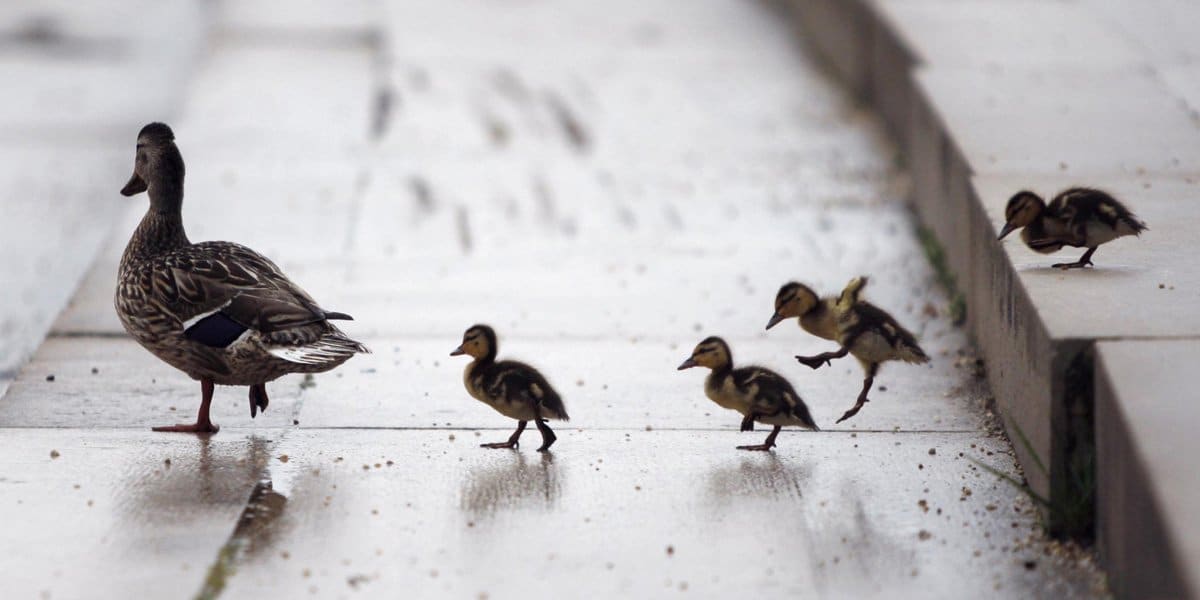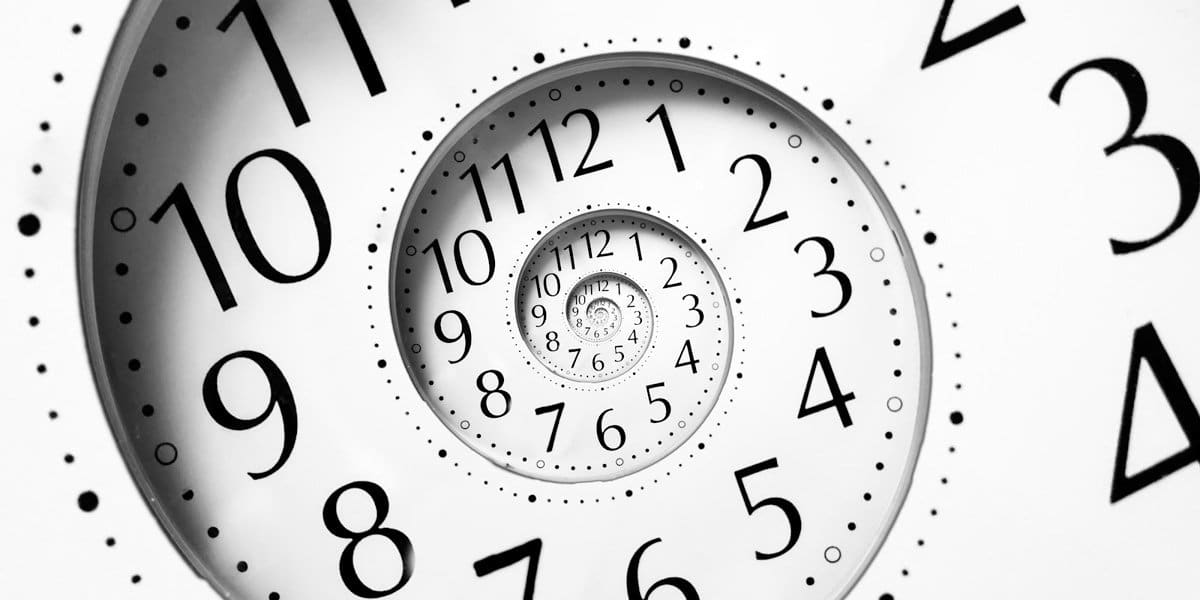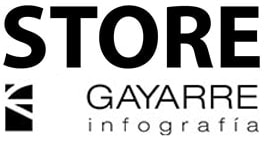Setting the scenes for a render animation
It is another of the big differences with the work of visualization of still images.
You must get rid of the head that, once modeled the scene, you will put the lights, you will move the camera and you will have to wait. No, it is not what happens.
Well, this is essentially but what happens is that if you want your render animation to go beyond an obsolete walkthrough, you should think about the preparation of multiple scenes and multiple cameras.
I invite you to do a simple analysis work. And for that, we are not going to look at any render animation, we will take “The Third & The Seventh” by Alex Roman. You always learn something new by seeing this master piece.
This time I want you to look at 3 aspects of it:
– number of scenarios
– number of cameras
– different light situations
You’ll be surprised how high these numbers are.
The result of your work depends on these numbers; I do not say that the more scenes, more cameras and more lights the video will be better. There are many examples of work in which, with very low numbers the result is wonderful.
But I dare say it’s a good way to learn.
Try to get all the juice you can to the render animation of the project.
Your experience and criteria will end up indicating, in each particular case, which are the correct numbers to not go or stay short.
The mother scenario and its children
Each person has their own method and you must find yours.
I will explain to you the method that we usually use and that always adapts to the needs of each project.
We usually distinguish between the outer space and the interior of the project.
We develop both spaces to a certain degree.
Due to the SB we know in advance which cameras are going to visualize that space and, consequently, what we will see from each one of them and what not.
That is why I speak of mother and children. Mother would be the stage almost complete and children each of those spaces with the degree of detail necessary in each case.

In short, it is a question of effectiveness. It does not make any sense to model everything. We must optimize each camera with as few polygons as possible. Our strategy must always think of the calculation process to minimize both machine and ram requirements. If we are “generous” we will pay later with unassuming calculation times.
When we talk about different scenarios we do not have to think only about the 3d model, we must also distinguish them depending on the lighting conditions we want for that scene.
The light
Likewise, if we make the analogy with the needed work to make a still image we find the supplement of effort that supposes to realize an animation.
When we make a still image we look for the light that, by different criteria, best suits our final expectations.
The same thing happens in the animation but multiplying the effort according to the number of different cameras and the characteristics of the light of that concrete scene.
As I said before, this is another reason why it is necessary to work with scenarios “sons of the mother”.
This process requires time with successive tests and checks. Keep this in mind when planning your production time.

Regardless of how complicated your assembly is, there is something you will already know from your experience with still images: artificial lights and a large number of them, can make the calculation of our eternal image.
Always think by multiplying the time spent by the number of frames.
You are the artistic director and you decide how the different scenarios are illuminated. Sometimes it may be enough with only one light, but in others you will need dozens of them. Always think in terms of the balance between quality and time of completion. It is not only the calculation time, it also counts with the preparation and checking time.
Do you want to discover the third secret? : SECRET 8 | Render times : we get to the render’s oven
